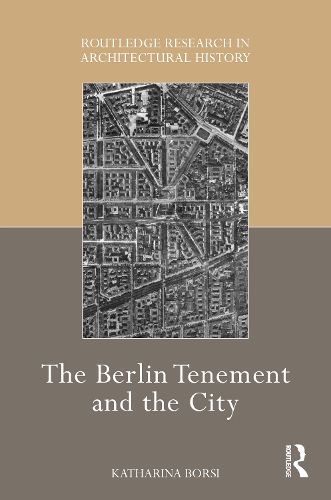Readings Newsletter
Become a Readings Member to make your shopping experience even easier.
Sign in or sign up for free!
You’re not far away from qualifying for FREE standard shipping within Australia
You’ve qualified for FREE standard shipping within Australia
The cart is loading…






The Berlin Tenement and the City describes the development of the Berlin tenement from 1860 to 1914, showing how it became both Berlin's standard housing type and its principal urban component - the city's ubiquitous typology. In contrast to earlier historical categorisations of the tenement as a "rental barrack", here it is described as an evolving typology that dynamically responded to the demands of the city and urban reform.
In this dynamic understanding of architecture, the tenement is the protagonist of the actual unfolding of the city, its growth and densification as well as its spatial and social differentiation. Charting the evolution of the productive tenement into a morphology combing living and manufacturing and the rise of tenements increasingly differentiated according to class, traces their contribution to the evolution and generalisation of norms of housing and domesticity.
This book is essential reading for scholars, students, architects and urbanists interested in Berlin or the history of housing and the city.
$9.00 standard shipping within Australia
FREE standard shipping within Australia for orders over $100.00
Express & International shipping calculated at checkout
The Berlin Tenement and the City describes the development of the Berlin tenement from 1860 to 1914, showing how it became both Berlin's standard housing type and its principal urban component - the city's ubiquitous typology. In contrast to earlier historical categorisations of the tenement as a "rental barrack", here it is described as an evolving typology that dynamically responded to the demands of the city and urban reform.
In this dynamic understanding of architecture, the tenement is the protagonist of the actual unfolding of the city, its growth and densification as well as its spatial and social differentiation. Charting the evolution of the productive tenement into a morphology combing living and manufacturing and the rise of tenements increasingly differentiated according to class, traces their contribution to the evolution and generalisation of norms of housing and domesticity.
This book is essential reading for scholars, students, architects and urbanists interested in Berlin or the history of housing and the city.